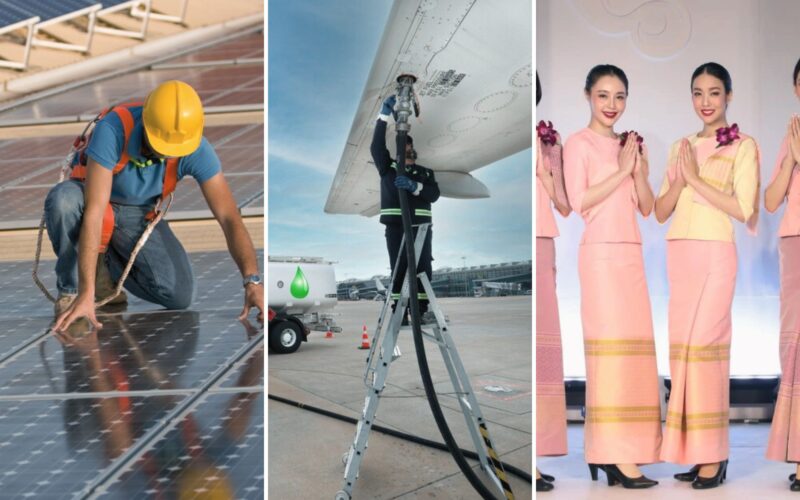Aviation represents almost 3% of the world’s carbon emissions and is currently growing faster than any other mode of transport.
In an initiative encouraging the aviation industry and aviation bodies to take steps to cut aviation pollution, the World Wildlife Fund (WWF) said air travel is “currently the most carbon intensive activity an individual can make”.
The environmental charity went on to cite the example of a passenger taking a flight from New York to London and back, stating that the journey emits more emissions than an average person in Paraguay over the course of an entire year.
In 2021, the International Energy Agency (IEA), which is also supported by the International Civil Aviation Organisation (ICAO), set out a roadmap for the global energy sector to reach net zero emissions by 2050.
In response, aviation companies – from airlines to airports – have been diligently setting up sustainable practices and initiatives in a bid to reach this goal – including some truly inventive and groundbreaking methods.
Solar energy and waste management
Ranked by Airports Council International as the world’s busiest airport in 2024 (for the 10th consecutive year), Dubai International Airport (DXB) has also been focused on establishing sustainable initiatives.
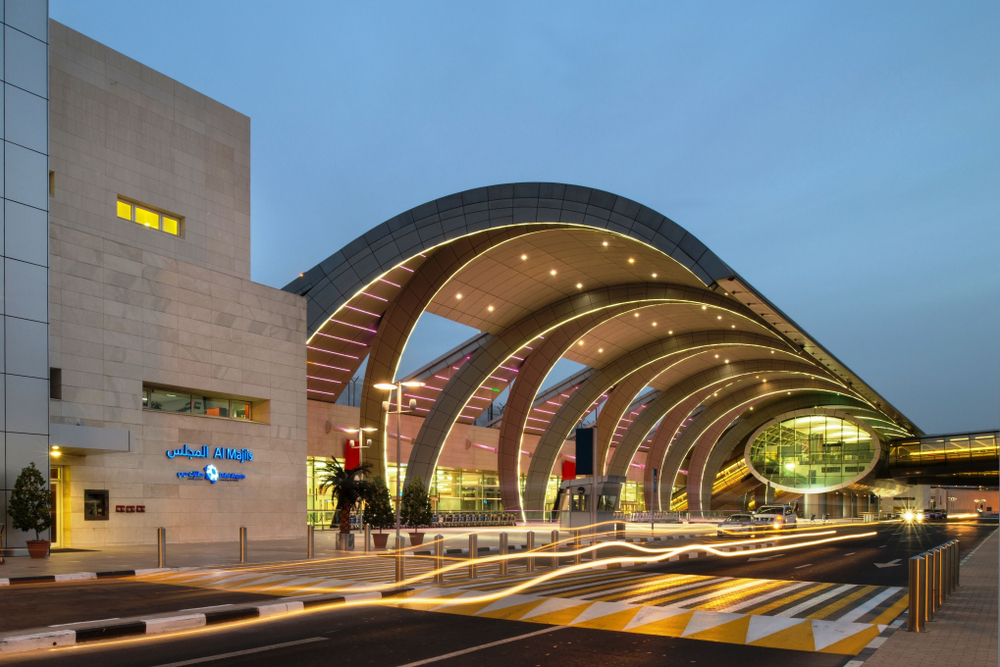
Omar Binadai, Chief Technology and Infrastructure Officer at Dubai Airports (DA), told AeroTime that the airport operator is pioneering sustainable practices through strategic innovation and collaboration.
“Dubai Airports is fully aligned with the industry’s target of achieving net zero carbon emissions by 2050 as part of ICAO’s long-term aspiration goals,” Binadai said. “By prioritizing renewable energy, waste management, and robust partnerships, we continue to set a benchmark in global aviation, ensuring we deliver an unparalleled travel experience while promoting environmental stewardship.”
To enhance guest experience and sustainable practices, the airport replaced 150,000 conventional lamps across DXB with energy-efficient LED lights, contributing to substantial energy savings. Binadai explained that Dubai Airports is tapping into the abundant solar energy potential in the region, with major installations already in place at Terminal 2 and plans to extend this across DXB.
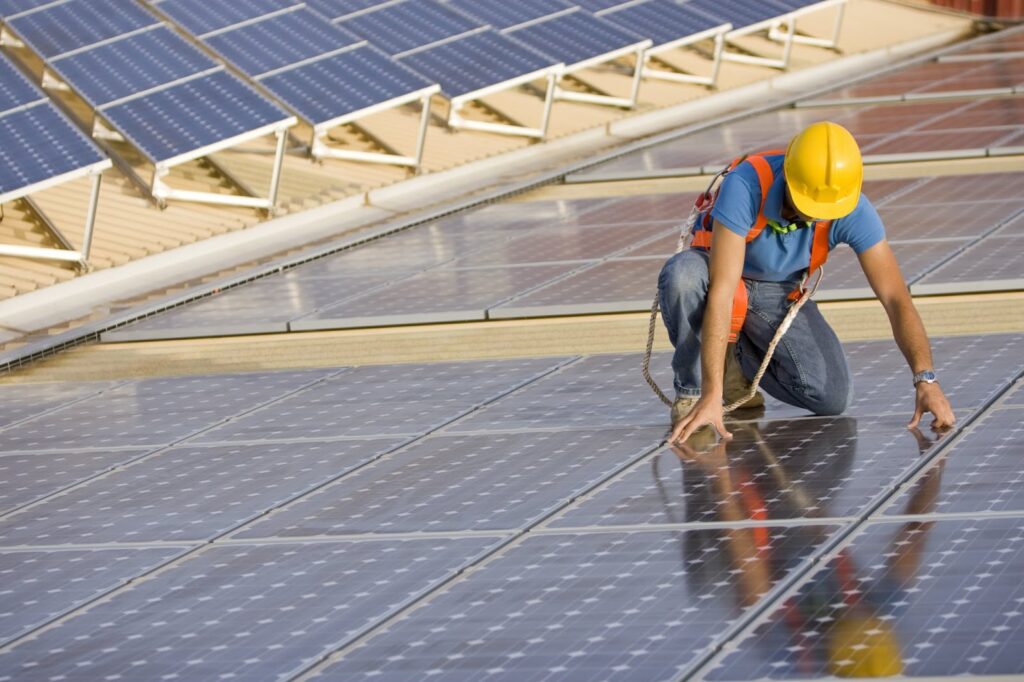
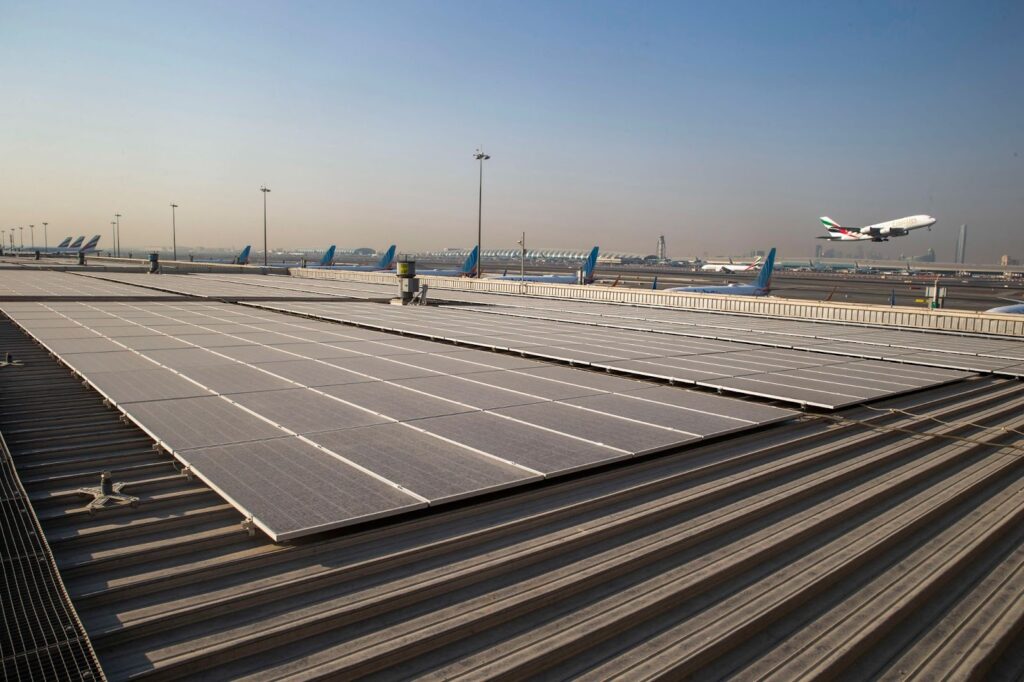
In 2019, Dubai Airports installed a 5 MWp solar energy system comprising 15,000 panels at DXB Terminal 2, which, according to Binadai, is the largest installation of its kind at any airport in the region. The system generates 7,483,500 kWh annually, reducing the terminal’s energy load by 29%, cutting CO2 emissions by 3,243 metric tons per year, and saving AED 3.3 ($898,000) million annually.
In terms of waste management, Dubai Airports has successfully achieved a 60% reduction in waste sent to landfills from DXB Airport. The milestone is part of a broader sustainability goal to reduce DXB’s carbon footprint by diverting waste from landfills, composting more than 2,000 tons of food waste annually and converting all waste cooking oil into biodiesel.
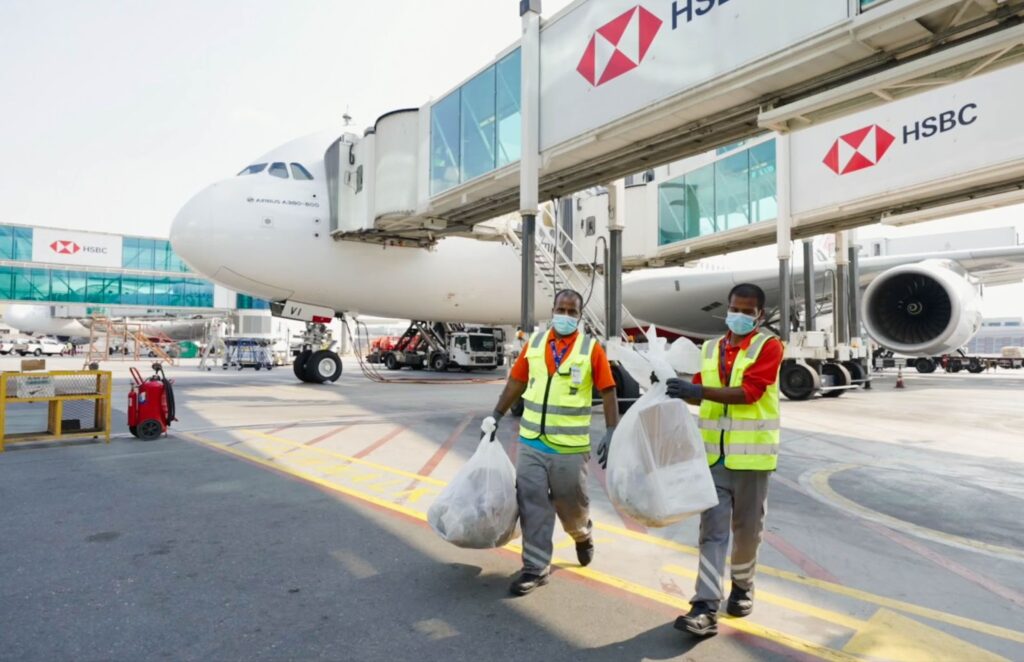
Although these latest practices are specifically geared towards ICAO’s 2050 goals, Dubai Airport has rolled out its own creative initiatives in the past.
In July 2019, the airport collaborated with Disney Middle East to raise awareness of recycling and eliminating single-use plastics. For a whole month, ‘Toy Story 4’ activity stations were dotted around each of the airport’s four concourses where an average of eight million passengers walked through. Passengers were shown how to transform recyclable materials into toys by making their own Forky, a spork character from ‘Toy Story 4’.
Making airports a habitat for wildlife
It would be almost impossible to talk about sustainable practices in aviation without mentioning Galapagos Ecological Airport (GPS) in Ecuador. The airport had already implemented sustainable practices long before the 2050 Sustainable Development Goal (SDG) was set by the ICAO in 2015.
Formerly known as Seymour Airport, GPS Airport opened in December 2012 and it was built to run solely on solar wind and power. The airport was designed to accommodate more visitors to the island and 80% of its materials came from the previous, smaller airport. 35% of the airport’s energy is produced by solar panels installed on the walkways, and the remaining 65% comes from windmills located in strategic sites within the facility.
GPS is the first green / ecological airport in the world and has been awarded the LEED Gold certification by the United States Green Building Council in 2014. The certification was granted for the airport’s design and construction, which optimizes the use of energy, lighting and water consumption as well as the use of recycled and ecologically manufactured materials.
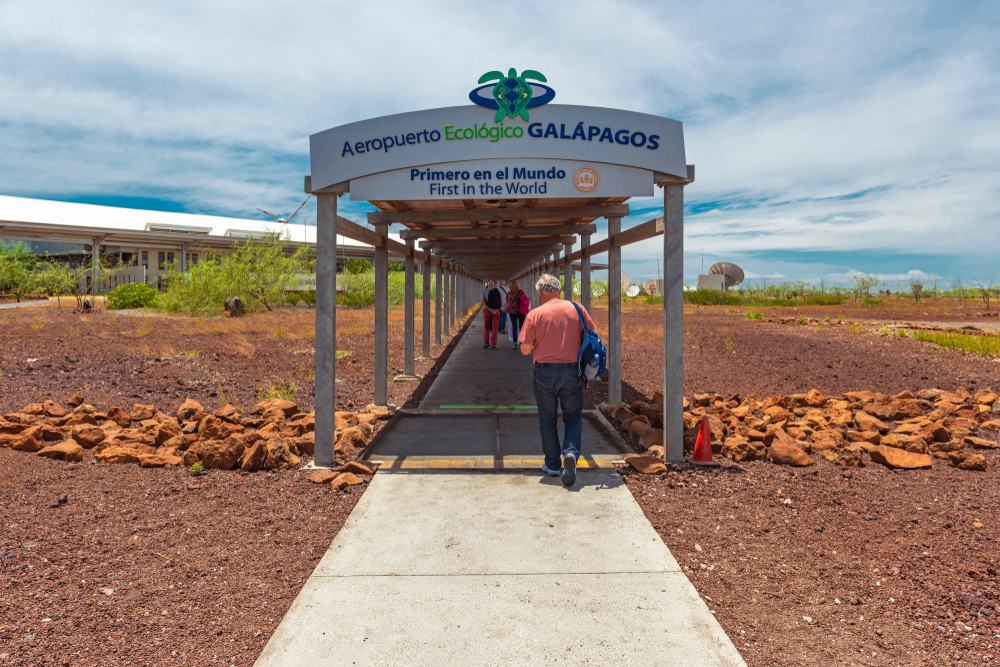
The entire Galapagos Island is one big natural park, so the airport is not just a place for aircraft and travelers, but a home for wildlife as well.
The airport was constructed using bioclimatic architecture, meaning the design is based on the local climate, with the aim of ensuring thermal comfort using environmental resources. Because of this, animals have made the airport their habitat as well.
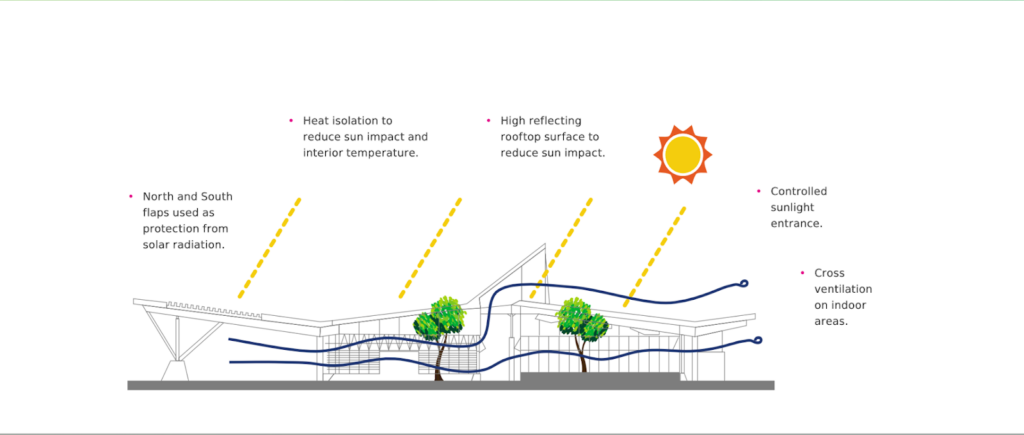
In an interview with Airport Carbon Accreditation in August 2023, Jorge Rosillo, General Manager at Galápagos Ecological Airport, said the absence of air conditioning at the airport makes it a natural environment for wildlife. Rosillo said the airport still manages animal presence on the site to ensure that it does not stray onto the runway.
Rosillo also said that the airport collaborated with Parque Nacional Galapagos to carry out reforestation work on the airport island and this included the reintroduction of the yellow iguana. According to Rosillo, the yellow iguana was commonly found in Baltra Island, but military activity drove the species to the “verge of extinction”.
He noted that the project was the one he was most proud of and shared that the yellow iguana is now thriving on the island.
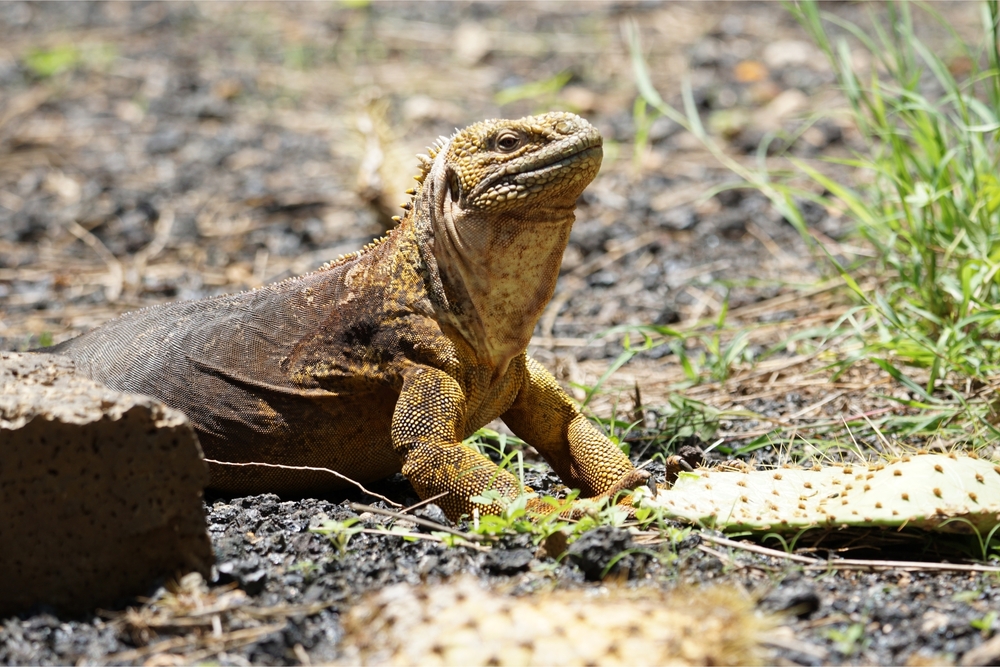
Repurposing airline seat covers
Many people are not aware that several components of an aircraft have a shelf life.
For example, aircraft seat covers, seatbelts and carpets must not only be lightweight but also flame-retardant. But flame-retardant fabrics generally only last up to a year and so, in addition to wear and tear, it’s understandable why it’s necessary for airlines to revitalize the cabin every so often.
However, some airlines are exploring ways to repurpose this waste.
For World Environment Day on June 5, 2024, Emirates repurposed more than 50,000 kilograms of materials from 191 aircraft undergoing a cabin interior refresh by producing thousands of handmade children’s backpacks and school bags.
These bags were then donated to community schools and organizations supporting early education across Africa and Asia.
To make the bags fabric was taken from economy class seats on 22 Airbus A380 aircraft that had completed the retrofit process. From these aircraft, 5,205 kilograms of scrap materials were recovered, including seat fabric of 95% wool and 5% nylon composition with a flat weave structure, which were sourced from Germany and Ireland.
Emirates said the materials were identified as ideal for upcycling due to their durability and non-flammable nature.
According to the airline, a dedicated team of tailors designed a whole range of backpacks for children of different ages and also worked with the Emirates Corporate Communications, Marketing & Brand team to identify charitable entities, schools, orphanages, and foundations, where the bags are set to be distributed.
All fabrics were freshly laundered in a facility, then further deep cleaned by hand, leather-conditioned for the leather accents featured on some bags, and thoroughly disinfected before being sewn into unique pieces. Brand new lining was added to the bags, along with functional zippers and adjustable straps.
“We are so proud of our people at Emirates and their commitment to this initiative. Countless hours have been invested into making these bags for children; it’s a true passion project for our diligent team,” said Ahmed Safa, Emirates’ Divisional Senior Vice President for Engineering, in a press statement.
“We’ve even had volunteers within the larger company come forward and offer to help with the project, there is a huge appetite to contribute and support entities in need. It’s also a testament to Emirates’ commitment to constantly evolve our environmental efforts and examine all aspects of our products and supply chains. For this project, our aim is to turn what would have been waste, into prized possessions,” Safa added.
Japan’s All Nippon Airways (ANA) did something similar in 2022, when the airline turned aircraft seat covers into slippers as part of an upcycling initiative to reduce waste.
The limited-edition house slippers were developed and designed with Onward Trading Co, a Tokyo-based apparel company. The slippers were then sold through a reservation lottery system in November 2022.
The airline also created handmade bags out of airline maintenance uniforms.
According to ANA, the bags were sold out within nine hours and the airline was able to recycle and sell the handbags in three batches in 2022.
Sustainable uniforms
While it’s great to see airline uniforms being repurposed, it’s more impressive when airlines create uniforms out of sustainable or recycled materials.
Since January 2024, female cabin crew at Thai Airways have started wearing uniforms made from a blend of Thai silk and recycled material.

The airline said the material “ensures practicality, easy maintenance and adherence to safety standards.”
The new initiative is part of the airline’s Zero Waste Living project, which consists of three pillars – from planes to planet, from waste to wealth, and from purple to purpose.
“Through our ‘Zero Waste Living’ approach, we are proud to introduce projects like from planes to planet, from waste to wealth, and FROM PURPLE TO PURPOSE, striving towards a net zero emission goal by 2050,” the airline said in a social media announcement in 2023.
In 2021, British low-cost carrier easyJet won the ‘Sustainability Award’ at the 2021 Professional Clothing Industry Association Worldwide Awards for creating cabin crew uniforms out of recycled plastic bottles.
The high-tech recycled fabric had a 75% lower carbon footprint than regular polyester material, and each uniform was made from around 45 recycled plastic bottles.
The introduction of the new crew uniform was part of easyJet’s commitment to mitigate waste, increase re-use of materials and search for innovative change beyond carbon reduction initiatives.
Beyond the new fabric, plastic was replaced in all clothing-related packaging in favor of recyclable and biodegradable materials: for instance, plastic collar stays were replaced with recyclable cardboard ones, plastic shirt clips with metal shirt clips, non-recyclable white coated card with recyclable cardboard card, and polypropylene outer shirt covers with biodegradable shirt covers.
Giving life vests a new life
Repurposing aircraft components is no longer a new practice. But Hawaiian Airlines has come up with a creative method of breathing new life into expired aircraft life vests by harnessing local culture and lifestyle on the islands.
Aircraft life vest accessories can degrade or weaken, so manufacturers require airlines to replace them every 10 years.
Hawaiian Airlines has donated hundreds of expired life vests to Think Blue, a waterproof case manufacturer that aims to reduce demand for new plastic by repurposing material that would contribute to global waste.
The idea of using expired life vest material came when two local surfers in Oahu struggled to find a way to keep snacks dry in the middle of the ocean while surfing.
While creating prototypes of a waterproof snack container, one of the surfers realized that if they cared about the ocean, they should consider repurposed material.
“That triggered us to look at materials like old boat sails and busted party tents, but we struggled with those materials having too much sun exposure, too much degradation, too many holes in it, you name it,” Marlene Renee Smith, one of the surfers and a founder of Think Blue, said in a June 2024 press statement.
Smith’s husband works in aircraft maintenance and she remembered seeing expired life vests just being thrown in the trash.
Along with co-founder Cathy Chin, Smith approached another local surfer and friend, Brad Otani, who is an aircraft mechanic for Hawaiian Airlines – and the rest is history.
To date, the airline has donated 600 expired life vests to Think Blue and the product is now called the Think Blue Surf Bag, a 100% waterproof pouch for surfers and outdoor enthusiasts. The Surf Bag can fit items like an electronic car key, a small protein bar or snack, surf wax, a small tin of sunscreen or lip balm, or a credit card and ID.
“We didn’t have any big dreams or expectations about, like, saving the whole world or anything,” Smith said. “But if we could make something people liked and get enough people to buy it and make it affordable, I think we can make a significant dent.”
–

